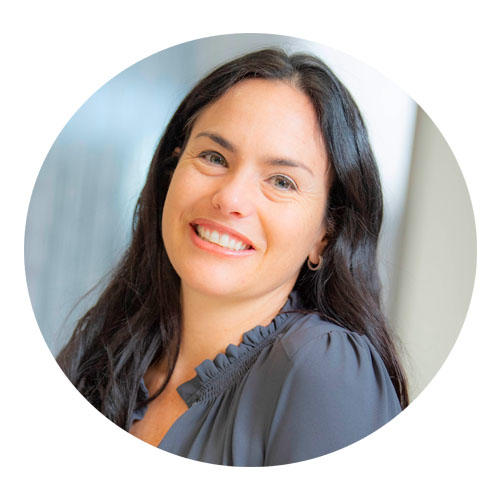While most designers are willing to travel anywhere for the right job, this time adds up and takes away from time on other jobs. With that in mind, we asked six designers—Breegan Jane, Sarah Latham, Mark Lavender, Lauren Lerner, Gala Magriñá and Colette van den Thillart—whether they bill for travel expenses.

Time Is Money
“I have always charged for travel time, as it’s part of the hours spent on the job, and we bill hourly—so, time is money! Travel time is often time I cannot spend on another job. I charge hourly for job sites within driving distance, and a fixed rate for out-of-town clients where flights are required—which amounts to less than the actual time spent traveling, especially if you factor in time at the airport; it usually amounts to about half the actual travel time, which in my mind seems fair to both parties. We have not changed our policy due to COVID. However, it’s meant that clients are more willing and able to see a little less of us and accept a little less hand-holding.” —Colette van den Thillart, Toronto

Jet-setter
“If an opportunity presents itself to travel, we are always willing to work with the needs of our clients. Our larger-scale projects are usually on a retainer, and this offers savings to both our clients and our firm if travel is required. Not too long ago, I traveled to Italy, where I sourced marble for a project in Bel Air. Our primary focus is to help our clients regardless of our spend.” —Breegan Jane, Los Angeles

The Full Day
“I definitely charge a travel fee if a client lives in another city. If their home is nearby, I just charge my hourly rate. If we have to fly to them, I bill for the entire day of travel. Our time is valuable, and traveling to a client restricts opportunity to have consultations with other potential customers. These policies were in effect before COVID, but now, we’re trying to do more virtual initial consultations as opposed to in-person consultations. We charge an initial consultation fee for local clients, and a higher one for out-of-town and out-of-town virtual clients.” —Lauren Lerner, Living With Lolo, Scottsdale, Arizona

Staying Close to Home
“Our design team works for the same value regardless of location. That policy hasn't changed with COVID. The past year has given us the opportunity to stay local in our location, but we are still telecommuting constantly. It is nice to have more time to focus on the design work we want to do regardless of location, [rather than] the hustle and bustle of traveling.” —Sarah Latham, Latham Interiors, Ketchum, Idaho

Energy reading
“Before COVID-19, we would fly out for the original pitch meeting and cover this cost as a business expense. There is nothing like being in the room with a potential client—especially if it’s a new client—exchanging energy and feeling each other out. I believe it is just as important for the client to see us face to face as it is for us to see them. A lot of our commercial projects can take up to a year or more, which is a lot of time to be spending with someone, and it’s important that there is a good synergy from the beginning. Once we book a project, we bill our clients for travel costs for site inspections and installations that our team needs to be present for.” —Gala Magriñá, New York

City limits
“We charge for all travel expenses outside of our metropolitan area. We charge for our time at a reduced rate and submit reimbursable expenses to the client at the time of travel with markup. This has always been our policy, and we discuss this [upfront with] out-of-town clients. Most times, our out-of-town clients have been ones we worked with locally and they either moved to another city or hired us for their second homes. Sometimes, if they prefer, we will estimate the travel costs and include it as a lump sum allowance so our clients have a good idea of the cost associated with travel.” —Mark Lavender, M. Lavender Interiors, Chicago
Homepage photo: A project by designer Lauren Lerner of Living With Lolo | Photo: Life Created




























